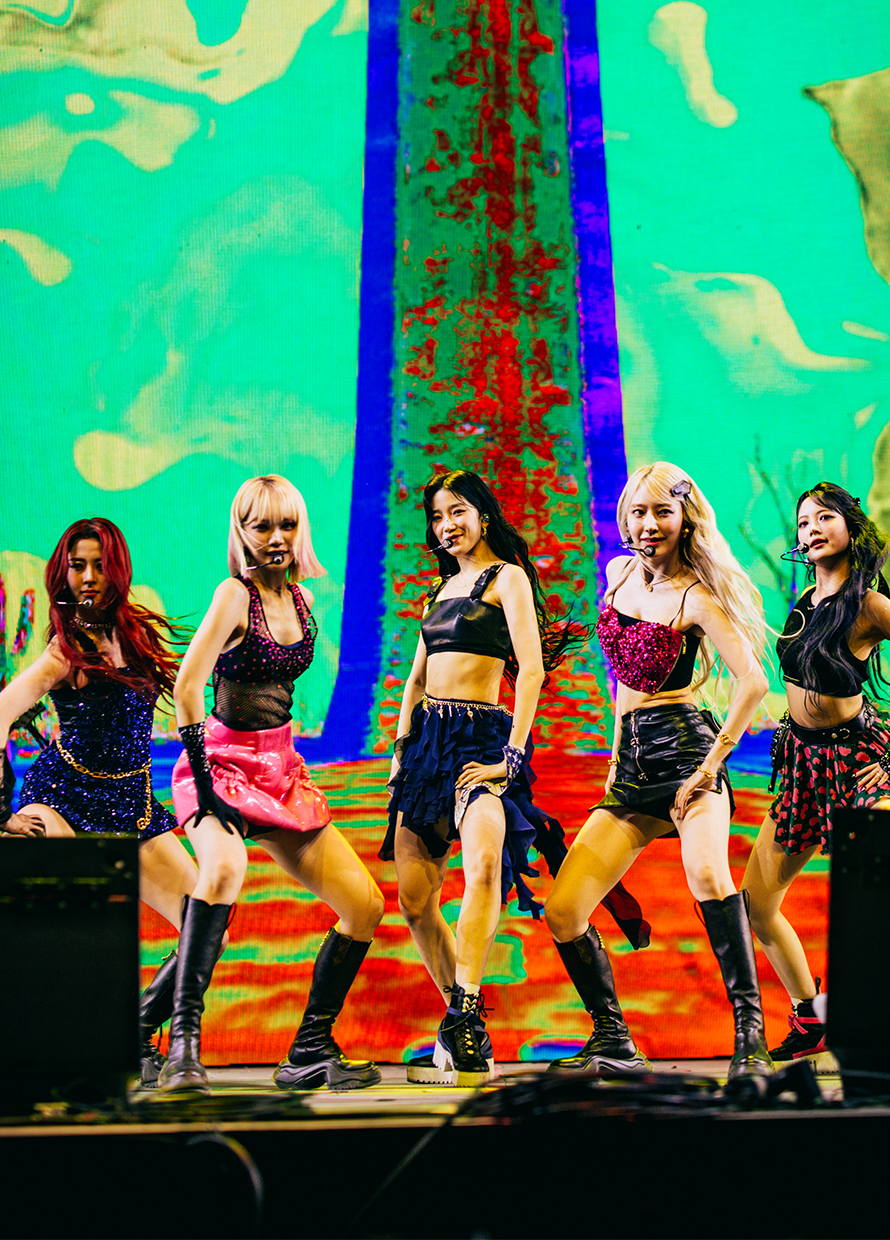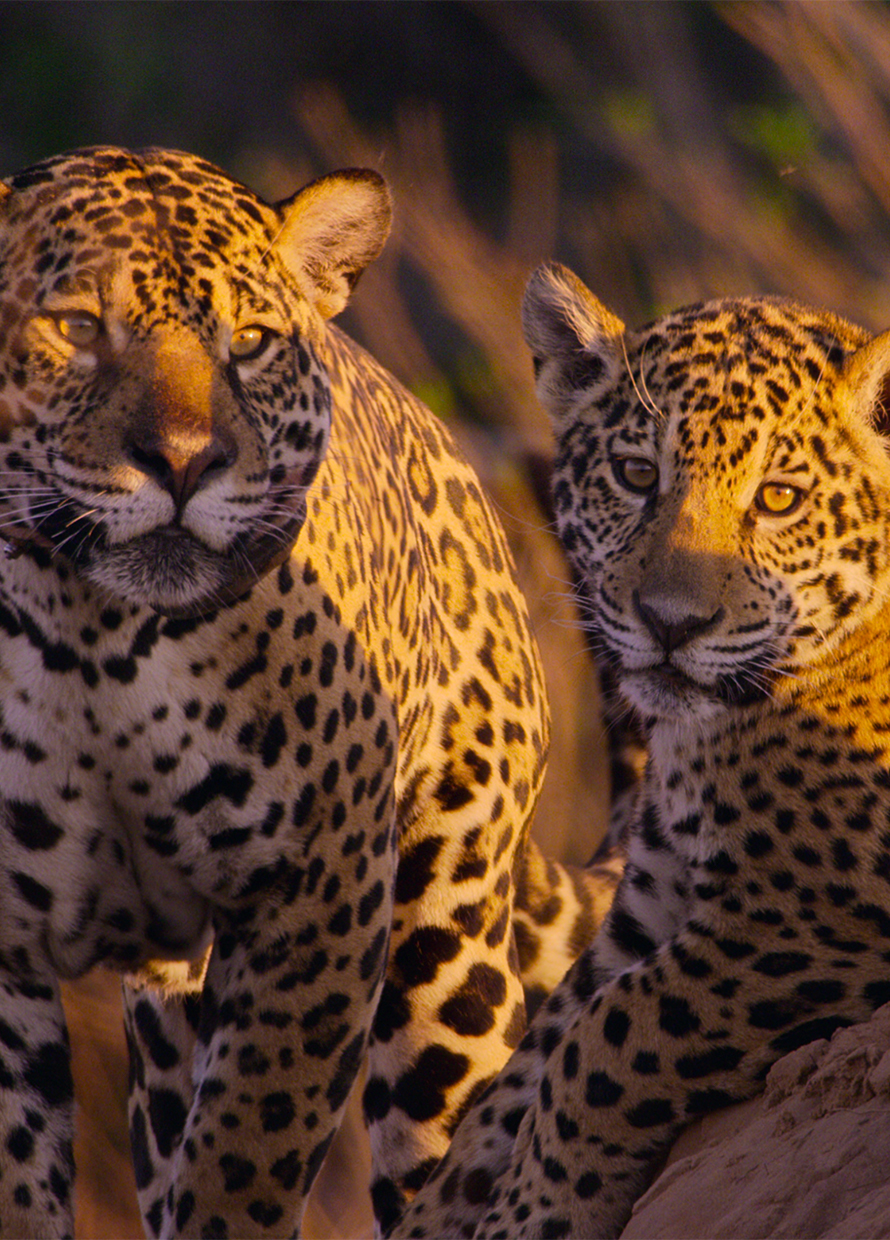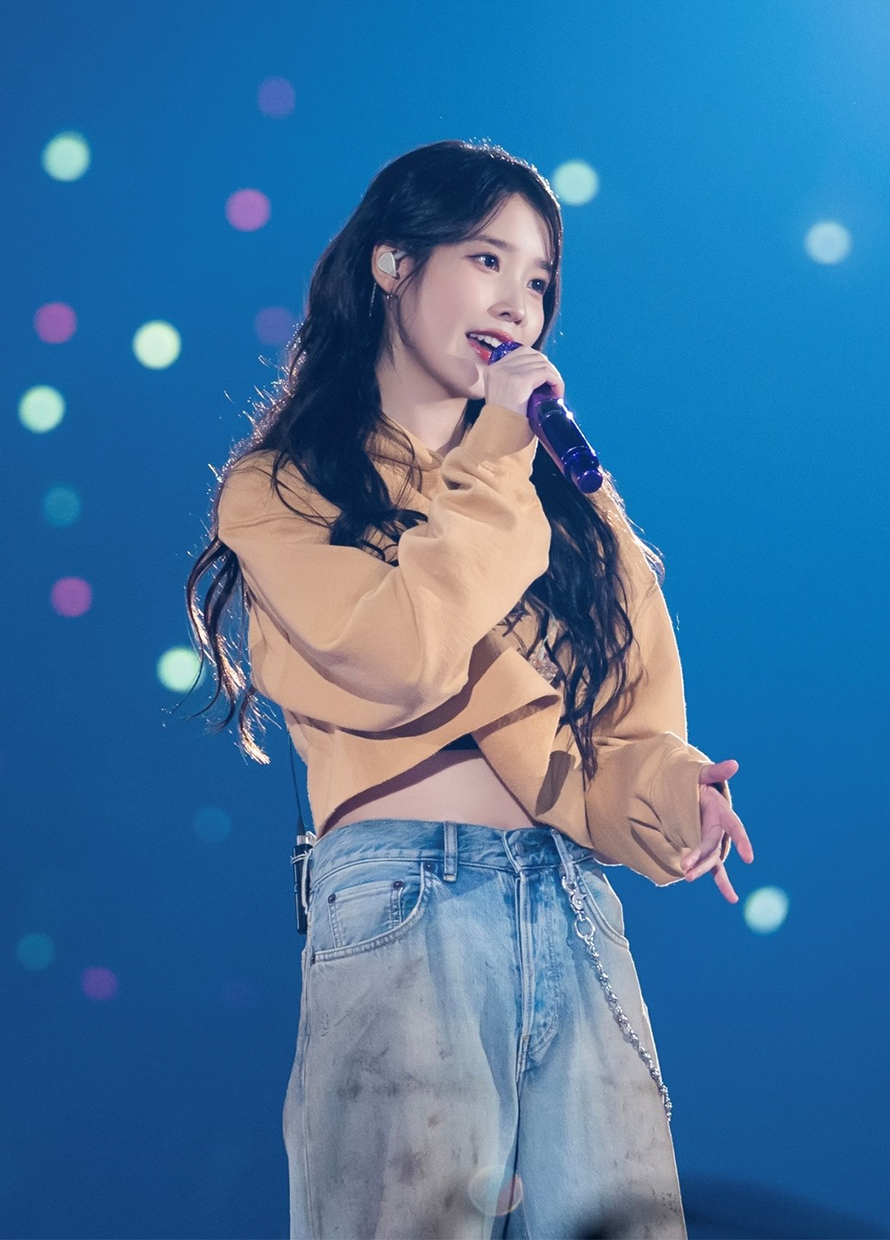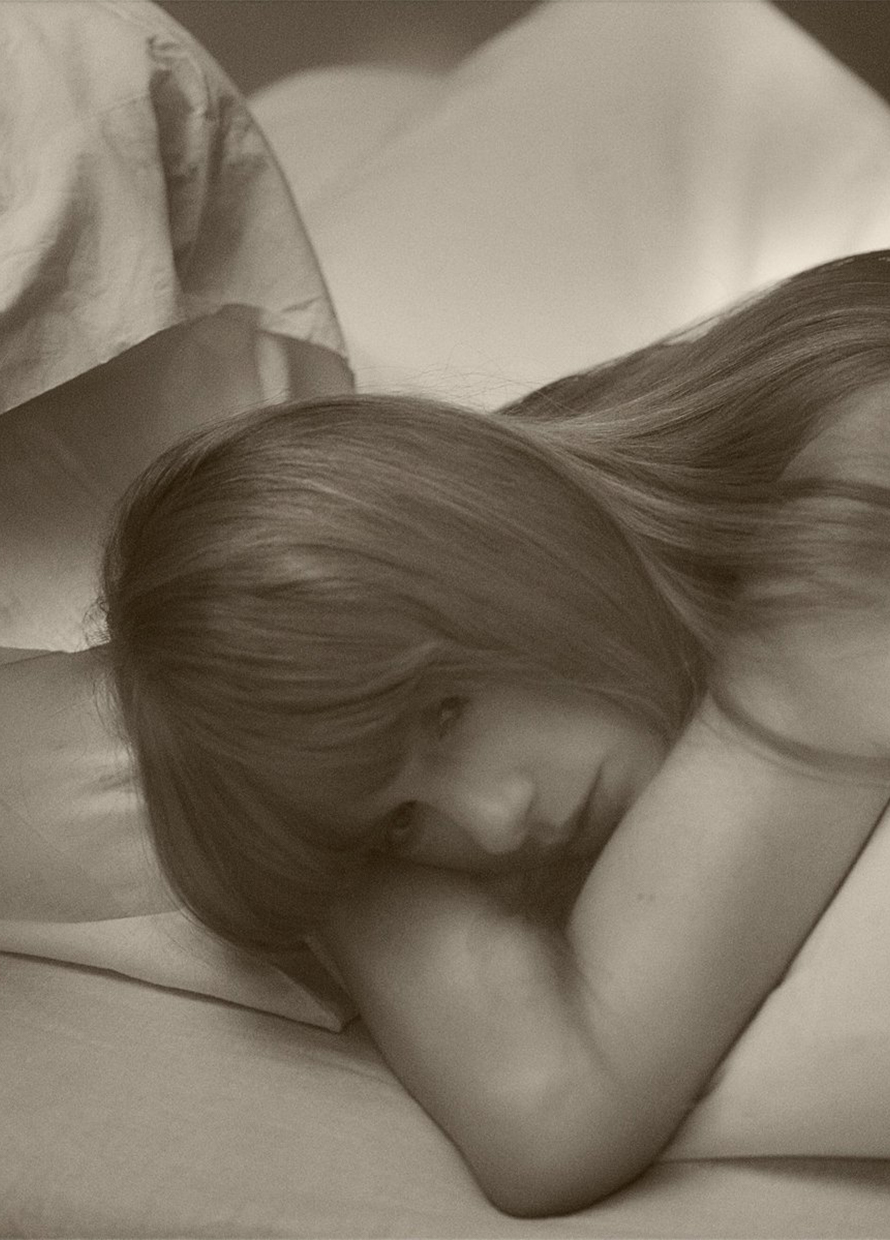Ethnic music is something that speaks to Alena Murang. So much so she gave up a career in the corporate life to champion the sounds of her culture and sape—a traditional lute instrument synonymous with the Kenyah, Kayan and Kelabit tribes of central Borneo. Born to a Kelabit father and Anglo-Italian mother, Alena is one of the first women to play and perform on the sape. Here she shares why one’s heritage is to be respected and celebrated.
Hi Alena. Tell us a little about growing up in Kuching. What was it like learning the ngarang dance and playing the sape?
Growing up in Kuching was so nice; it’s such a chilled town. Weekends were spent with friends and family at the beach, on a hike, swimming, barbeques, bowling, etc. For me, learning to dance on Saturday mornings was really an excuse to play with my cousins. Laughs. We became really close. I always say that learning the dance and sape – with my cousins, from aunties and uncles – taught me more about cultural values than it did about mastering music. Spending that time together was special.
What goes through your mind when you’re performing on the sape? What has been your most favourite performance to date?
If you’ve heard the sape, you’d know it’s a captivating, relaxing, almost meditative sound. Now imagine what it’s like to play that! Playing the sape is one of the most beautiful things that I have come to know.
I’ve enjoyed collaborations thoroughly; sharing a stage with Black Arm Band—an Australian Aboriginal group, at Georgetown Festival; and playing rock music with Estranged. This year, I’m playing a lot with musicians who share Austronesian heritage (from Taiwan, Madagascar, Papua New Guinea, Easter Island, Torres Strait Island, Solomon Island), through a production called ‘Small Island Big Song’. Making music with these musicians has filled my soul; we had no idea we shared ancestry…from sharing words, to sharing rhythm and beats that are unique to us, and with a wider purpose of sharing stories of the natural land.
So what is it about the Bornean heritage that inspires you to want to preserve or share it with others?
I don’t necessarily want to preserve heritage – to me that connotes keeping culture as it was in the past. I want to make our cultural traditions relevant to today’s world, to the youth especially.
So many things inspire me about Borneo heritage. It’s the fact that stories lie in our craft, in our music, in our artwork. In Kelabit and Kenyah, and in many indigenous languages, there are no words for ‘art’ or ‘music’. What you see today like the pua kumbu weaving, beaded accessories, ethnic music, they had functional purposes in daily life and in rituals, and many are linked to nature. When I present my own craft, I’m presenting stories and cultural values, through the music and through the paintings. I want to keep those stories alive. Every story is born of a specific time and place, and to keep the stories alive means to acknowledge the place and the people that were the storytellers.
Besides music, you are also an artist. What is your favourite subject to paint and why?
I love painting, I love mixing mediums and playing with texture. In the last few years, I’ve been painting portraits of Kelabit and Penan elders. Visually, I’m taken by the lines on their faces—it’s so distinct; the lines are of years under the sun planting and harvesting rice, and they show a certain calmness, care and wisdom. They are some of the most loving and generous people I know.
I find the elders so fascinating. They have lived through immense changes in their lifetime – from seeing headhunting to living peaceful lives; from the tattooing tradition, which were once so important, to eradicating the tradition, etc. I’m so grateful and humbled to know them, and to learn from them. Often times, the portraits are meditations of the time I spend with them. I’m starting to couple portraits with audio too.
A lot of the subjects that you pursue seem to be traditional in a sense. How do you find the balance in preserving the aesthetics of the past while still remaining relevant in a modern context?
I’ve always lived a life of some contrast. Being Eurasian, in Malaysia some of the kids at school told me to “go back to my country”; and when I lived in the UK I was labelled ‘Asian’. As a teenager, even into my early twenties, I really struggled with figuring all of this out, of wanting to fit into clear boxes. But I realised finding the balance really involved not trying to fit in to one social group, or one definition. As you can see, I’ve just embraced being me. My experiences for most of my life have been genuine experiences of traditional rural life, and of modern urban contexts too.
In an artistic context, maintaining aesthetics of the past in today’s world requires a depth of understanding of the cultural community, humility and respect. When learning a song from the elders, I always ask them if it’s okay for me to change it a little – “whatever makes people listen”, is always the answer. And coupled with respect for the culture, and an awareness of past and present contexts, I work closely with my cousin Josh Maran of Pepper Jam Productions to remake a song.
Your Art4 initiative is about creating social impact – what has been your proudest moment?
Art4 Studio was created initially to keep me focused on my promise to use art as a medium for positive impact. It’s the education workshops that make me the proudest – seeing artists able to share their heritage through art and music, to people who want to learn it. At the beginning of 2017, we started the ‘KL Sape Collective’—a group of less than 10 professional sape players based in the Klang Valley. We held an independent sape workshop and received an overwhelming response of 88 participants in one afternoon. It was one of those moments where afterwards, we looked each other overwhelmed – where just three or four years prior, holding such a workshop in West Malaysia would’ve been a total dream.
Last question – what future changes or ideas do you want to work on next?
In the capacity that I have, I want to raise awareness for the needs of artists in Malaysia. Particularly for artists working in the field of ‘ethnic arts’, we require a slightly different support from the mainstream. As for artistic ideas…I’m not ready to share them just yet. Laughs.
| SHARE THE STORY | |
| Explore More |




